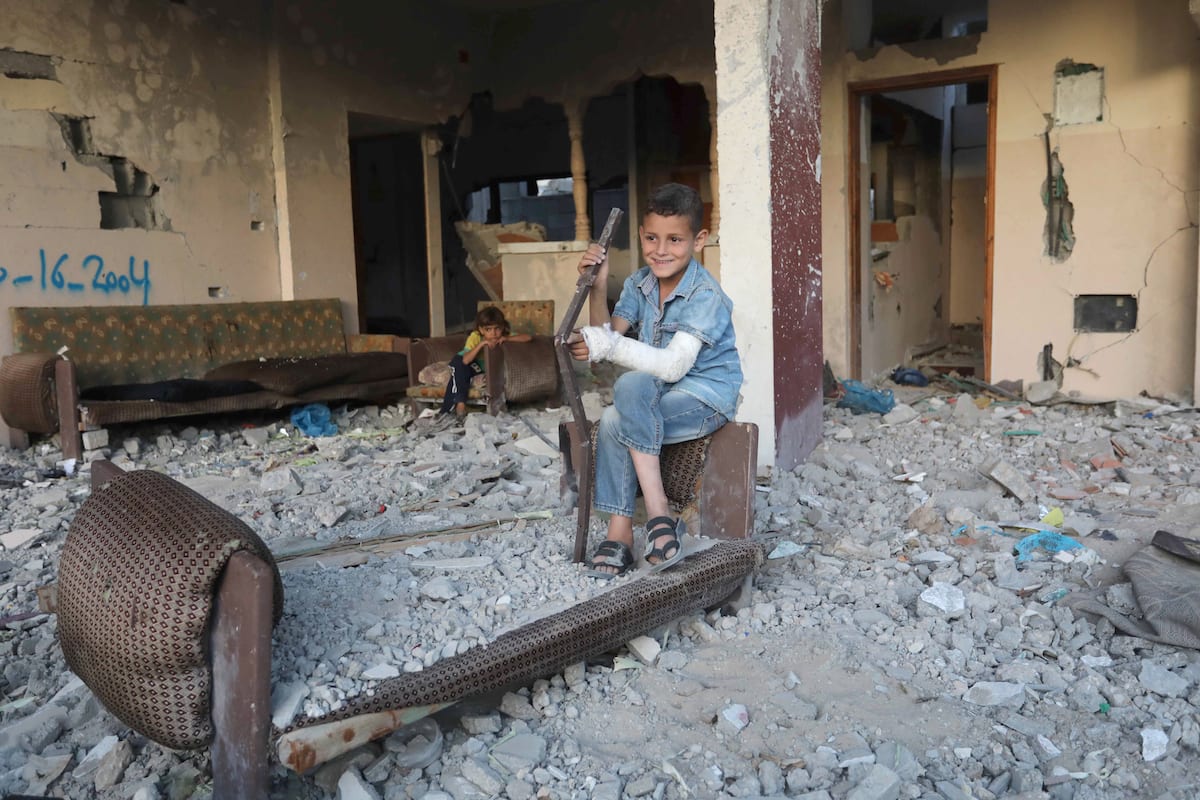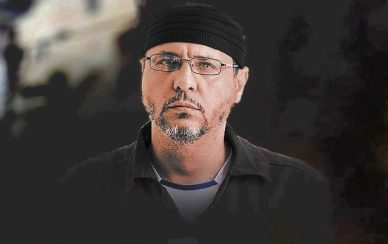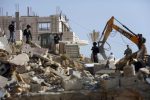It seems commonplace to say that Palestinian children are the preferred target of the genocide and ethnic cleansing policies carried out by Israel throughout the 74 years of colonial occupation in Palestine. Palestinian children are permanent victims of rape arrest and murder whether they are away from home enjoying everyday activities such as playing in the streets or attending school or at home in the middle of the night.
The United Nations Children’s Emergency International Fund (UNICEF) published a report in 2013 in which it points out that the mistreatment of Palestinian children in the Israeli military detention system is widespread systematic and institutionalized.
The frantic ethnic cleansing which includes the murder of Palestinian children did not end with the Nakba in 1948. It also did not end with the carnage that took place on 9 April 1948 in the sleepy village of Deir Yassin located on the outskirts of Jerusalem when the Haganah paramilitary militia deliberately murdered 254 Palestinians. Among the victims whose bodies were burned and thrown into a well elders and children were beheaded including 30 babies and pregnant women were disembowelled by white weapons. Two of the leaders of the slaughter Menachem Begin and Yitzhak Shamir became prime ministers of Israel.
The number of children murdered by Israeli terrorism is staggering. According to a non-governmental organization (NGO) If Americans Knew at least 2342 Palestinian children were killed between 2000 and 2021. Most of these children were killed and injured while carrying out normal daily activities such as going to school playing shopping or simply being in their homes. In 2021 87 children were murdered.
During that same period Israel murdered 10304 Palestinians of all ages who died due to air and ground attacks or indiscriminate fire from Israeli soldiers. These figures do not include a significant number of injured Palestinians who died due to the closures of Gaza’s roads and border deliberately making medical aid impossible.
During the massive Israeli attack on Gaza which lasted from 7 July to 26 August 2014 Israel murdered 2200 Palestinians including 550 children 70 per cent of them under 12 years old. Israel was also responsible for more than 11000 injuries 3358 of which were children. According to the annual report by the United Nations Office for the Coordination of Humanitarian Affairs (UN OCHA) 100000 were displaced during the attacks that year. On the side of the Israeli aggressor 73 people died including 67 soldiers.
A comprehensively-documented report released in July 2021 by Human Rights Watch (HRW) accuses the Israeli occupation of committing acts amounting to apartheid war crimes and violations of international laws and international humanitarian laws in which the issue of genocide of Palestinian children is strongly present.
The report points out that unlike the Israeli forces the Palestinian resistance has shown its constant commitment to avoiding civilian targets despite all the massacres committed by the Israeli occupation against children and entire families.
Another issue to be noted is the constant arrests by Israel. The occupation’s frequent accusation is throwing stones at soldiers armed to the teeth or at the occupation’s armored vehicles. In fact throwing stones is an act defined as a crime by Military Order 1651 which provides for sentences of ten to 20 years in prison. It is common for Palestinian children to be imprisoned for two to ten months as Palestinians are subjected to the military laws of Israel while Jewish settlers are subjected to the civil legal system.
According to the legal system of Israel Palestinian children can be arrested from the age of 12 and be subjected to a maximum sentence of six months whereas the penalties provided for ages 14 to 15 are up to 12 months. Despite this many underage children have been dragged into administrative prisons. Palestinians over the age of 16 are subjected to the same penalties as adults while the age of criminal responsibility for Jews is 18. According to the NGO Addameer there are currently 160 children imprisoned by Israel some of them under the age of ten.
The Hebrew University of Jerusalem professor Nadera Shalhoub-Kevorkian denounced that Israeli authorities allow large pharmaceutical companies to conduct experiments on prisoners including Palestinian children. According to her the occupied Palestinian territories have become laboratories for the Israeli military industry especially East Jerusalem.
These genocidal and ethnic cleansing policies implemented by Israel in addition to central issues for Palestinians such as the return of refugees Jerusalem and borders motivated 77 UN General Assembly Security Council resolutions with which Israel hasn’t complied or respected. Only one resolution against Palestinians has been instituted since 1948 urging the Palestinian Authority to fulfil its commitment to ensure that those responsible for terrorist acts are brought to justice by it.
The main themes reflected in UN resolutions against Israel over the years are: Illegal attacks on its neighbors; violations of Palestinian human rights including deportations house demolitions and other collective punishments; the confiscation of Palestinian land; the establishment of illegal settlements and the refusal to comply with the UN Charter and the Fourth Geneva Convention of 1949 concerning the protection of civilians in times of war.
By stealing the childhood of Palestinian children through murder imprisonment torture and exile Israel proves to be consistent with its 1948 policy of continued ethnic cleansing of the Palestinian people. Palestinian children want the right to stay alive to play like any other child and to run free through the streets of Palestine without tanks and bombs and without daily wakes and prisons.
– Sayid Marcos Tenório is a historian and specialist in international relations. He is vice president of the Brazil-Palestine Institute (Ibraspal) and author of the book Palestina: do mito da terra prometida à terra da resistência (Palestine: the myth of the promised land to the land of resistance). His article appeared in MEMO.














